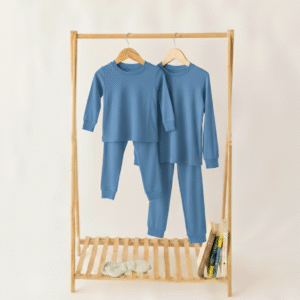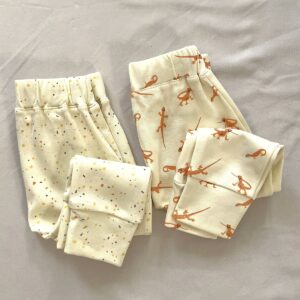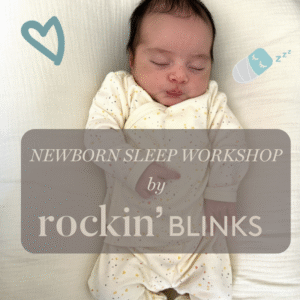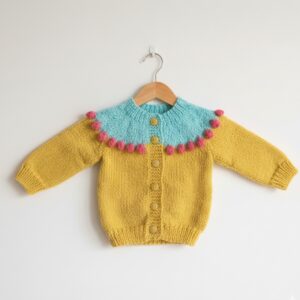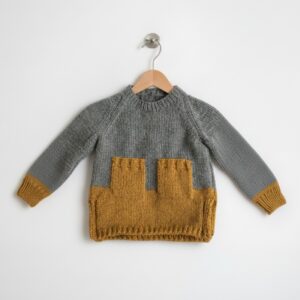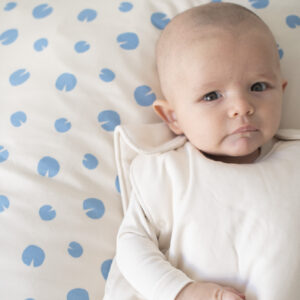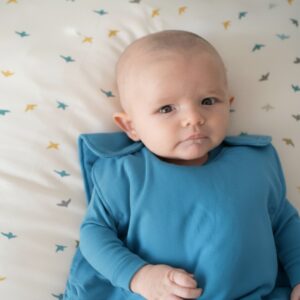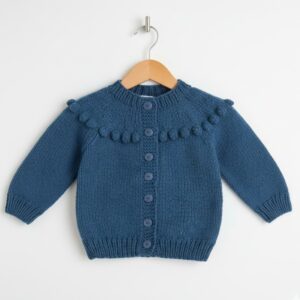Safe sleep recommendations
Everything you need to know
Before having a baby, we don’t spend much time thinking about sleep safety
But once you become a parent, it’s often all you think about. The good news is you’re not alone. We’ve been there, and now we’re here to help guide you and your family on a healthy and safe sleep journey.
The most important safety consideration when it comes to baby sleep is preventing accidents and reducing the risk of Sudden Infant Death Syndrome (SIDS), which is the sudden and unexplained death of a baby younger than 1 year old. Sadly, there are 3,500 sleep-related deaths among US babies each year.
The risk of losing your baby to SIDS is reduced significantly by knowing and implementing safe sleep practices.
Safe Sleep Guide for Newborn to 12 months old Babies
Select a topic.


Reduce the risk of SIDS
Sleeping and Feeding
Dressing Baby for Safety
Pacifiers
Naps
Movement and Sleep
Safe Sleep Products
Toddler & Preschooler Safe Sleep
References
- The most important recommendations around safe sleep are related to where the baby sleeps and the position you place your baby to sleep.
- While many aspects of your baby’s sleep journey are personal, every parent should follow some basic safe sleep recommendations to reduce the risk of SIDS and prevent other accidents during sleep:
– Always place baby to sleep on her back. Until their first birthday, babies should sleep on their backs for all sleep times, for naps and at night. Babies who sleep on their backs are much less likely to die of SIDS than babies who sleep on their stomachs or sides.
– Use a firm sleep surface. A crib, bassinet, portable crib, or play yard that meets the safety standards.
– Room share. keep baby’s sleep area in the same room where you sleep, close to your bed for the first 6 months or, ideally, for the first year.
– Your baby’s crib, bassinet, or cradle should be free from crib bumpers, sleep positioners, toys, blankets, pillows, or any other loose bedding. - You can additionally reduce the risk of SIDS with these AAP Safe Sleep guidelines:
– Breastfeeding is recommended for any length of time. Breastfed babies have a lower risk of SIDS.
– Pacifiers are a useful and safe sleep accessory, once breastfeeding is established.
– Avoid baby’s exposure to smoke, drugs, and alcohol during pregnancy and after birth.
– Ensure that your baby receives all recommended vaccinations.
– Do not rely on home monitors or commercial devices marketed as reducing the risk of SIDS. There is no evidence that these are preventative.
– Keep the room cool (68-72°F/20-21°C) and your baby dressed for that temperature. Overheating is a risk factor for SIDS.
– Avoid falling asleep with baby in locations that can be dangerous for sleeping infants like a sofa or chair. We know it can feel impossible to keep your eyes open some days but try not to fall asleep while feeding baby in bed. If you do, return baby to the proper sleep location as soon as possible.
- Breastfeeding has been shown to have a protective effect against SIDS. This protective effect increases with exclusivity but any breastmilk is better than none.
- However, formula-feeding your baby does not increase their risk of SIDS. The protective effect of breastfeeding and SIDS is similar to that of using a car seat; having the car seat does not reduce your chance of getting into a car crash, but it would increase your baby’s protection if you did get into a car crash.
- If you take your baby into your bed to feed them, make sure you don’t fall asleep with them in your bed. Return them to their safe sleep space right after feeding.
- Keeping your baby safe during nighttime feeds should be teamwork! If you’re nervous you might fall asleep feeding your baby in an unsafe space and position, ask your partner or another adult to check on you and help you move the baby to their safe space after feeding.
- If you do fall asleep while feeding your baby in bed, make sure you put baby in their safe sleep space when you wake up
- Babies should be dressed for sleep according to room temperature; they should not be too cold or too hot.
- Overheating is associated with higher risk of SIDS.
- Check our Sleep Library for guidance on how to dress a baby for sleep.
- You may want to consider offering your baby a pacifier at nap time and bedtime. Using a pacifier at the beginning of a sleep period has been shown to have a protective effect on SIDS.
- However you should not force your baby to use a pacifier if they show they don’t want it.
- Not using a pacifier does not increase the chance of your baby experiencing SIDS. Similar to breastfeeding, pacifiers have a protective effect against SIDS. But a non-pacifier user is no more likely to experience SIDS than a pacifier user.
- Don’t forget about sleep safety for naps! Parents should follow the same safe sleep practices for every sleep period, whether it’s day or night.
- We know it’s tempting to use car seats, bouncers and other cozy spots for baby naps, but these products were not meant for sleeping due to a risk of positional asphyxia and other accidents. If you notice your baby falling asleep regularly in these products and you feel lost about how to help your baby sleep in a crib, check out our Sleep Library and rB Magazine to read about how to change your baby’s sleep habits.
- If you leave your baby with another adult or at a daycare center, make sure they follow safe sleep recommendations during naps too.
- While baby is still learning to roll around 4 months, they might get stuck on their tummy at some point during the night and not know how to roll back. If you’re not sure if your baby can roll back on his own, the American Academy of Pediatrics recommends you consider flipping them back to keep them to a safe position.
- Let your baby practice rolling during the day. Trust they will soon discover how to roll to their back. Babies start rolling at different times.
- Once your baby can roll both ways, parents should still put them down to sleep on their back but can leave them be if they roll to their tummy during the night.
- If you are wrapping your baby with a swaddle for sleep, you must stop using it once your baby starts rolling, or by the time they are 8 weeks old (whichever happens first). Rolling while swaddled puts your baby at risk for suffocation. You can transition to a sleep sack at this point.
- As your baby gets older and starts crawling and standing, make sure you lower the level of the crib’s mattress to prevent any accidents.
- The only products approved as safe for sleep are standard cribs and bassinets, with a firm surface such as a mattress made specifically for that crib/bassinet, covered by a fitted sheet.
- The AAP does not have evidence either in favor of or against bedside sleepers. Check the CPSC guidelines to make sure you are using a safe product.
- You should not rely on home monitors or commercial devices marketed as reducing the risk of SIDS. There is no evidence that these are preventative.
- If you’re buying sleep products second-hand or receiving hand-me-downs, check on expiration dates, recalls and removal from the market. Many products that were in the past deemed safe, have since been proven otherwise.
- Although your baby generally outgrows the risk of SIDS by 1 year old, it’s still important for toddlers and older children to sleep in a safe environment.
- Look around your child’s sleep space from their perspective and make sure there’s no external risks beyond the crib. Cover all electrical outlets, attach all furniture to the wall, and ensure cords from shades or blinds are secured, especially if they are next to a crib or bed.
- Moon, R. Y. (2016). SIDS and Other Sleep-Related Infant Deaths: Evidence Base for 2016 Updated Recommendations for a Safe Infant Sleeping Environment. Pediatrics. Retrieved from http://pediatrics.aappublications.org/content/early/2016/10/20/peds.2016-2940.abstract
- AAP’s Infant Safe Sleep Recommendations – First Candle

PRODUCTS COLLECTION
Rockin’Blinks Sleepwear Collection
-
Pajamas
Baby sleep bunddle: sleep bag + footed pajama
$115.00Original price was: $115.00.$99.99Current price is: $99.99. Add to cart

